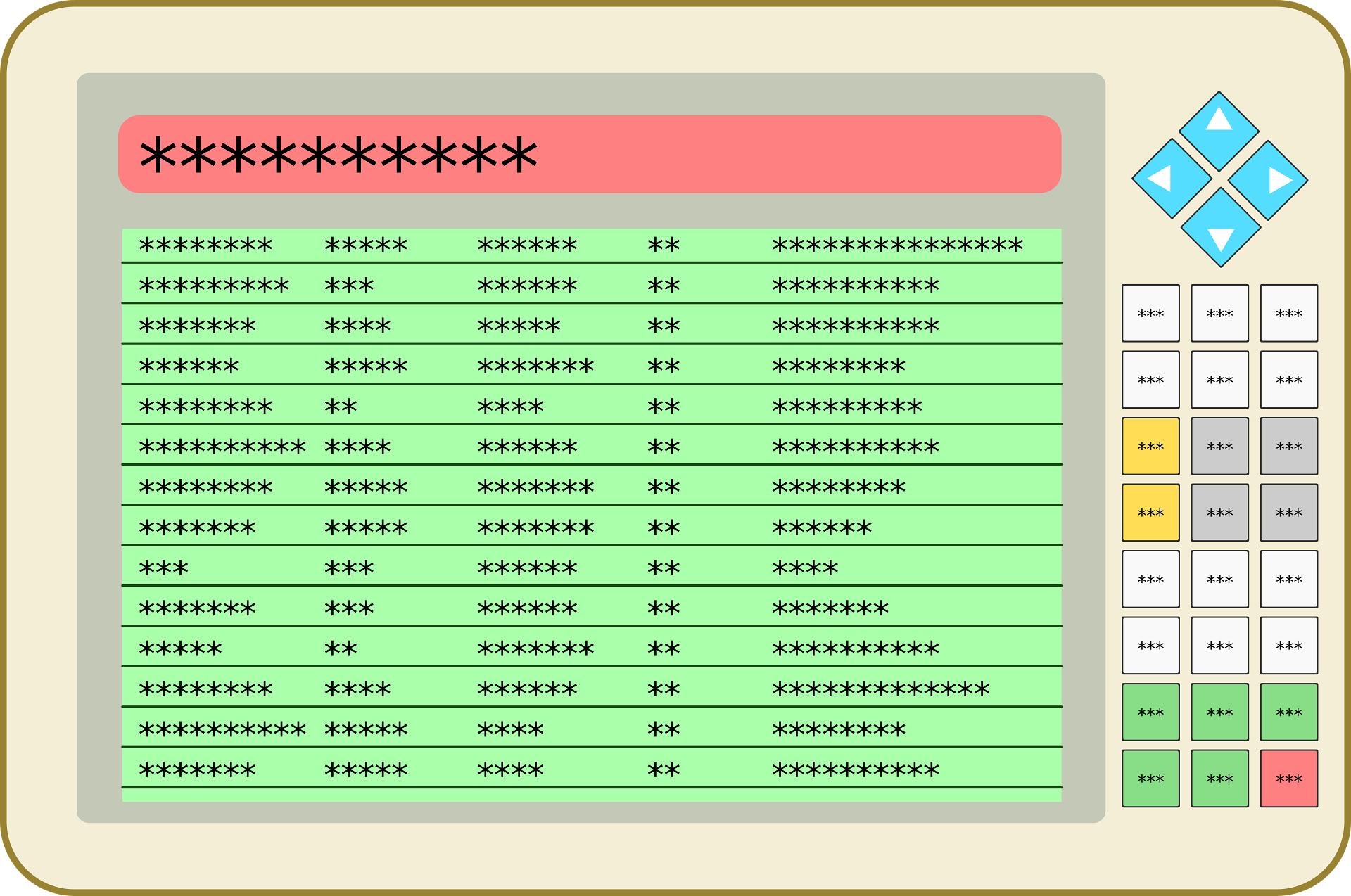Raw Material
Raw materials are unfinished substances or unprocessed natural resources used in the production of completed items. These materials are processed and transformed into intermediate substances, which are then used to manufacture final items for sale.
Semi-finished goods ( Semi-Raw Material )
Semi-finished goods refer to processed raw materials that are not intended for final consumption but rather serve as inputs for the production of other goods. These goods are commonly referred to as intermediate goods.
Work-in-progress goods
Work-in-progress (WIP) accounts in accounting hold inventory that is still being manufactured. This account shows resource costs that have not yet been converted into products. It is a standard inventory account for tracking production costs.
Finished Goods
Finished goods are things that have finished all stages of the production process and are now being kept for sale.
MRO Goods
MRO inventory encompasses a range of essential supplies, spare parts, and materials that are necessary for regular ➕Maintenance, ➕ Repair, and ➕ operation (MRO) activities. Inventory is essential for ensuring the efficient operation of a business.
Merchandise
The term “merchandise inventory” refers to the items that a distributor, wholesaler, or retailer has purchased from the manufacturers of those goods with the intention of later reselling those goods to customers.
Transit Inventory ( Goods in Transit )
Transit inventories, also known as pipeline inventories, refer to inventories that are currently in transit to a different location. To clarify, the item has not been acquired as of now, and it has not reached its intended place of sale either.
Anticipation Inventory
A company is susceptible to fluctuations in supply and demand, as well as unforeseen events. As a result, the seller acquires and retains any surplus inventory. It is commonly undertaken in anticipation of a potential surge in demand for a particular product in the future. Anticipation inventories are essential for ensuring that stock levels are sufficient to meet increased demand.
Buffer Inventory
There are numerous stocks that protect against irregular circumstances that often slow down a firm’s operations. To avoid buffering, enterprises maintain extra inventory. These inventory cushions are often called safety stocks or buffer inventory. Safety goods are stored for future use. These commodities also help amid supply shortages or demand spikes.
Decoupling Inventory
Decoupling inventory involves keeping extra parts or raw materials on hand in case of a supply shortage or mechanical failure, preventing production delays.
Cycle Inventory
Cycle inventory, also known as working stock or lot-size stock, is vital to inventory, and that helps the company meet product demand.




